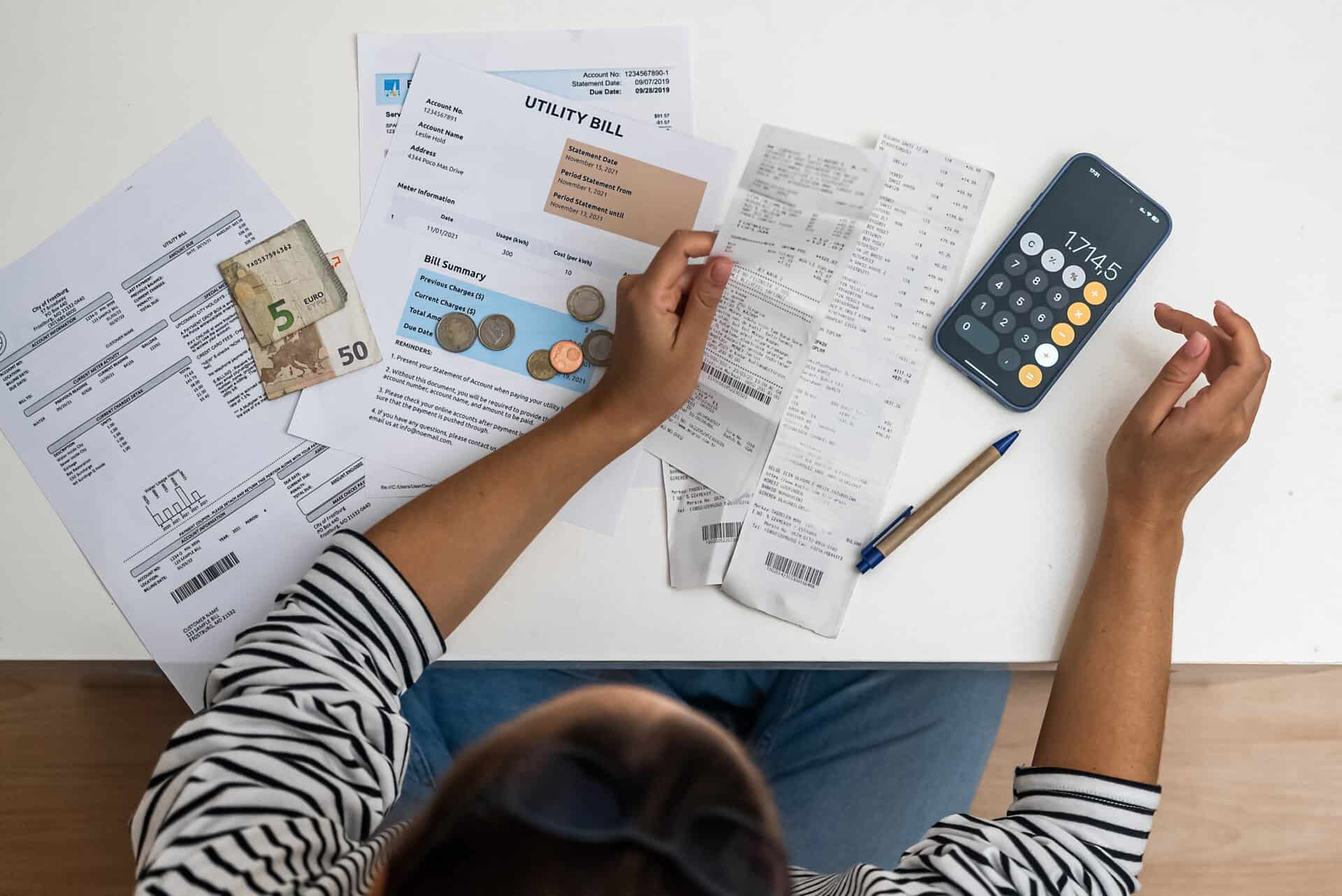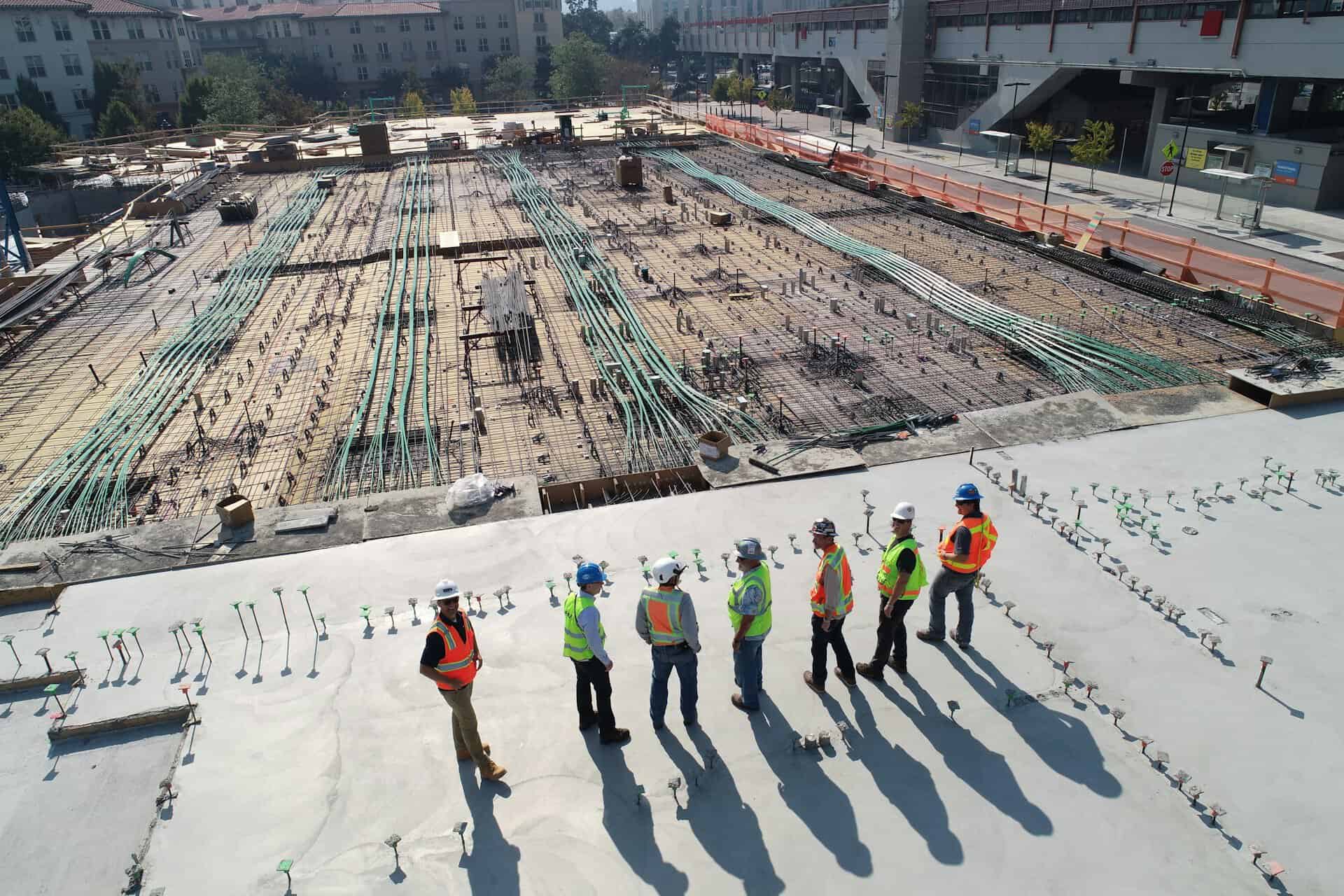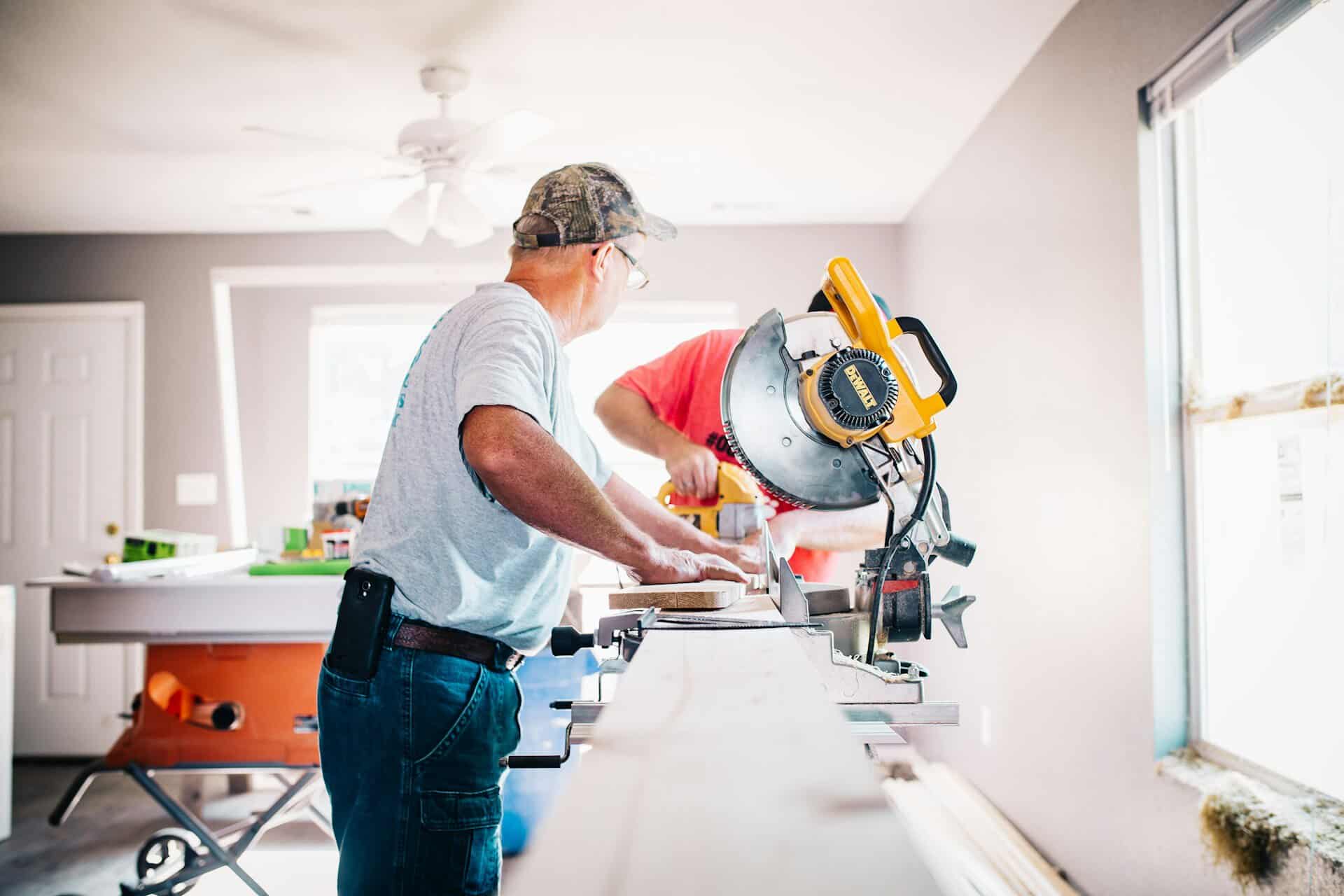Claiming a Rental Property Renovation Tax Deduction
Imagine this scenario: You’ve recently acquired a rental property and are enthusiastic about transforming it into a true gem in the market that will yield enhanced rental income.
With a touch of paint here and a kitchen revamp there, your property not only becomes a more enticing rental prospect but also a means of securing valuable tax deductions.
In Australia, property owners who rent out their properties can enjoy a dual advantage by enhancing the property’s appeal and optimising returns.
This article will provide you with guidance through the complexities of tax deductions related to renovating rental properties, offering insights into the process of claiming these deductions. This information will empower you to make well-considered decisions that will elevate your investment performance.
Decoding the Differences in These Rental Property Expenses: Repairs, Maintenance and Capital Improvements
First things first, you need to understand the differences between repairs, maintenance, and capital improvements when considering the implications of your tax return.
Repairs
Repairs involve fixing damage or deterioration, like mending a wall hole or replacing a shattered window. These actions aim to restore the asset to its initial state.
Maintenance
Maintenance entails preventing or rectifying wear and tear, such as painting or clearing gutters.
Capital Improvements
Capital improvements encompass significant upgrades or enhancements that add value to the property, like building an additional room or revamping the kitchen. These improvements generally provide lasting benefits and prolong the asset’s life or functionality.
Why the Distinctions Between Expenses Incurred Matter
The Australian Tax Office (ATO) enforces stringent rules governing investment property tax deductions. They strictly examine claims to ensure investors only claim rental property tax deductions for legitimate expenses.
As such, it’s essential to understand these differences because you can’t claim capital improvements and associated borrowing expenses as an immediate tax deduction as you can with repairs and maintenance.
Instead, you can claim depreciation on these improvements over an extended period.

Understanding Rental Property Deductions
Depreciation refers to the decline in an asset’s value over time due to wear and tear.
There are two main types of depreciation for rental properties: capital works and plant and equipment.
Capital works depreciation refers to the cost of construction or improvements to the building structure, like adding a room or upgrading the bathroom.
Typically, you claim these deductions over a 40-year period at an annual rate of 2.5%.
Plant and equipment depreciation covers the cost of items within the property, such as appliances, carpets, and blinds.
Depending on their effective life, the Australian Taxation Office sets varying depreciation rates for these items.
How Renovations Bolster Your Depreciation Claim
Renovations can significantly enhance a property investor’s depreciation claims for both capital works and plant and equipment.
Improvements to the building’s structure or foundations mean you’re extending the property’s depreciation timeline.
With an additional 40 years of capital works deductions, you can continue to enjoy tax savings and higher returns even if your property was originally constructed more than 40 years ago.
Before the 2017 legislation, tax deductions were available for both brand-new and existing residential properties. However, the new legislation now only allows a rental property to claim depreciation for brand-new plant and equipment assets.
So, if you purchased an existing property (i.e. not newly constructed), and it had an air conditioner installed already, you would not be able to benefit from its depreciation.
You can read more about these changes in our ATO investment property depreciation update.
But if you replace or upgrade any fixtures and fittings during your renovations, like installing new wooden floors and a new rangehood and oven, you can capitalise on plant and equipment depreciation deductions and optimise your tax savings.
The Significance of a Tax Depreciation Schedule
If you haven’t already, you need to get your hands on a tax depreciation schedule to benefit from these depreciation deductions.
A tax depreciation schedule is a detailed report prepared by a qualified quantity surveyor outlining the depreciation deductions you can claim for your investment property. The tax depreciation schedule itemises both capital works and plant and equipment depreciation, providing a clear breakdown of the deductions you’re entitled to claim throughout the asset’s life. And, if you remove any assets during your renovations, a quantity surveyor will include them in the report so that you can benefit from a scrapping deduction.
You submit this report with your annual tax return each year, and, similar to legal expenses, corporate fees and advertising costs, the creation of this schedule is another expense that can be claimed.
Scrapping Deductions Explained
Scrapping allows you to claim the un-deducted depreciable value of a depreciating asset you discard during renovations.
For example, if you’re substituting an old carpet with a new one during initial repairs and renovations, you claim the remaining value of the old carpet as a tax deduction.
However, you’ll need to take note that the asset will need to be eligible for depreciation. If the asset is too old or if it’s a second-hand asset (in a property purchased after 2017), you can’t scrap the value.
Another example where you’ll be able to utilise the scraping technique is if f you’re extending and completing a renovation on your kitchen located in the back of your investment property and need to knock down a wall and remove the windows and doors.
To capitalise on the scrap value, engage a qualified quantity surveyor to evaluate the residual value of the removed assets and incorporate this information into your tax depreciation schedule.

Renovations by the Previous Owner: Can You Claim Deductions?
Indeed, you can!
When you purchase a property the previous owner has renovated, you are still eligible to claim depreciation deductions for the capital works associated with the renovation, even if the property is considerably older.
Let’s say you purchased a property initially built in 1974 and renovated in 1998. You can still claim depreciation deductions for the capital works related to the renovation.
Considering the standard 40-year period for capital works deductions, 25 years would have already passed since the renovation, leaving you with 15 years of depreciation deductions to claim.
How Do Renovations on Your Investment Property Impact Capital Gains Tax?
Renovations that qualify as capital improvements can directly impact capital gains tax (CGT), as they increase the property’s cost base.
When calculating capital gain, property investors must consider the adjusted cost base, which includes the original purchase price, acquisition costs, and capital improvement costs.
The formula for calculating the capital gain is:
Capital Gain = Sale Price – Adjusted Cost Base
Property investors can potentially reduce their CGT liability when they sell a property by increasing the cost basis through capital improvements.
But you must maintain accurate records of all capital improvement expenses to support CGT calculations and ensure compliance with ATO regulations.
If you don’t have these records, this is where a quantity surveyor can assist in verifying the renovations within a capital improvement report which can be used by your accountant or tax agent to increase the cost base.
You can contact our team for more information on how a capital improvement report can help you benefit from reduced CGT liability.
Key Takeaways
Renovations can yield significant benefits for your investment property, both in terms of increased value and tax deductions.
To fully capitalise on these advantages, remember the following key points:
- Understand the differences between these rental expenses: repairs, maintenance, and capital improvements to claim suitable deductions.
- Familiarise yourself with depreciation, including capital works and plant and equipment.
- Be aware of legislative changes that impact depreciation claims on previously used plant and equipment.
- Utilise scrapping to claim the remaining depreciation value of assets removed during renovations.
- Remember that you can claim capital works deductions for renovations completed by the previous owner.
- Engage a qualified and experienced quantity surveyor to prepare a tax depreciation schedule for your property.
Don’t miss out on maximising your property investment returns!
Contact Duo Tax Quantity Surveyors today to unlock the full potential of your depreciation claims. Our team of experienced and dedicated professionals will provide you with a comprehensive tax depreciation schedule tailored to your specific property, ensuring you capitalise on every available tax benefit.

Ready to get started?
Talk to one of our friendly property experts to get a free quote or more Information.










